In line with the University’s 2032 strategy to drive student-focused transformational education, the University of Sydney Business School deploys peer partnerships for tutors to optimise student experiences and outcomes. It does so by integrating a peer partnership program in its existing Tutor Development Program (TDP), training tutors at scale across the Business School.
How are peer partnerships integrated into the School’s Tutor Development Program (TDP)?
The TDP targets new and experienced tutors looking to expand and deepen their understanding of creating and sustaining high-quality student learning experiences and outcomes in tutorials. It also offers an opportunity for tutors to meet their peers and develop a community of shared learning and teaching practices.
The TDP program runs each semester and consists of three workshops and two peer partnership tasks. These tasks are centred on peer learning, providing a forum for tutors to support and be supported by a peer tutor within the program. The central purpose is for tutors to assist their partners in identifying their strengths and potential areas for further growth and improvement. Peer learning is a powerful and proven method for increasing teaching performance (Dawson & Hocker, 2020; Hendry & Oliver, 2012).
What does peer partnership look like?
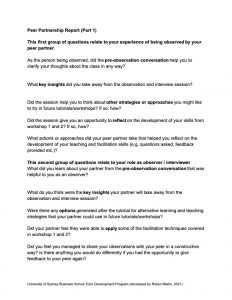
The process begins with matching – tutor partners are paired after attending the first workshop session in the TDP. Pairings are self-selected or appointed by the TDP coordinators and connected via Canvas groups.
Tutor partners then engage in a preliminary discussion about their teaching strategies following the first TDP session, before self-organising a time to observe each other’s classes. During these observation sessions, tutors observe each other’s teaching practices for one hour each and use a form to guide their observation and thinking. This includes listing strategies for student engagement, noting student reactions, seeing how tutors check for understanding and recording key takeaways from the teaching session.
Following the observations, partners meet for a reflective discussion, where they assist each other’s development through specific questions and feedback. For example, peers frequently discuss effective strategies for boosting student engagement, drawing on the facilitation skills gained from the TDP workshops, and providing constructive feedback. During these discussions, tutors also complete a report based on their preliminary peer discussion, observation notes and reflect on how their teaching practice has changed since the program and peer partnership.
Throughout the semester, tutor partners will see each other a further two times at the TDP workshop sessions, totalling four interactions. This gives them multiple opportunities to check in with each other and discuss how their teaching is progressing as the semester unfolds.
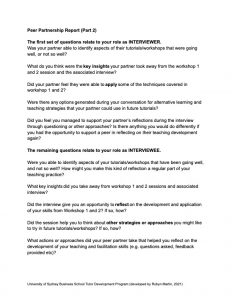
To document their learning journey, tutors complete two reports in Canvas (using SRES): Peer Partnership Report (Part 1) and Peer Partnership Report (Part 2). These reports guide tutors through the reflection process, helping them identify effective teaching practices to adopt and approaches they might prefer to avoid in their own teaching.
What do the tutors say?
This approach has proven to support tutors in developing greater self-awareness as well as honing their facilitation skills. In particular, the activities have been designed to provide tutors with an opportunity to feed forward and effectively adjust and thereby strengthen their teaching practices based on the feedback they receive, along with the strategies learned throughout the TDP and its peer partnering program.
Peer partners from the 2024 program, Sandra and Danielle, share their experience of their peer partnership below:
“Before TDP, I was apprehensive about whether my corporate background would align with the needs of students. However, being paired with Danielle Miller, who shared my passion for tutoring, significantly boosted my confidence.
Her support and encouragement allowed me to bring my unique perspective to the workshops.
The peer review process was particularly valuable, providing objective feedback that pushed me to fully embrace my own teaching style.”
– Sandra Renwick, tutor, 2024
“When I first started tutoring I was really lucky to be paired with Sandra, who like me was a new tutor.
The peer partnership provided us both with a way to learn from someone else while also getting feedback in the most supportive and encouraging way.
And it wasn’t just the in classroom experience we were able to share. We shared tips on how to navigate the University’s systems (ALL of them!) and explored how tutoring fit into our own goals. Doing so with someone in a similar situation was incredibly motivating, reinforcing I wasn’t alone and helping me adjust to my new identity as a University tutor!”
– Danielle Miller, tutor, 2024
Want to implement peer partnerships in your context?
Based on our experience, we recommend the following if you’re planning to implement a similar peer partnership approach:
- Utilise existing learning management systems (like Canvas) for coordination
- Provide clear structures and templates to guide peer interactions
- Emphasise reciprocal learning and mutual support
- Include multiple touchpoints throughout the semester for sustained engagement
- If possible, integrate peer partnership/observation into a broader tutor development programs
Find out more
For more information on the USBS Peer Partnerships program, contact Angie Knox and Christie van Diggele.
The USBS peer partnership reports used in the program are available for download:
What’s next?
- Read more about peer observation programs at Sydney: Tailoring peer observation for your tutors
- Ready to start planning your own peer observation program? Please reach out to Educational Innovation for guidance and support: [email protected]
- Take it to the next level with Peer Review for Teaching: Once your tutors have gained experience with peer observation, they might be ready to take the next step. Learn more about the Peer Review for Teaching program at Sydney, including how you or your tutors can sign up for your own review.

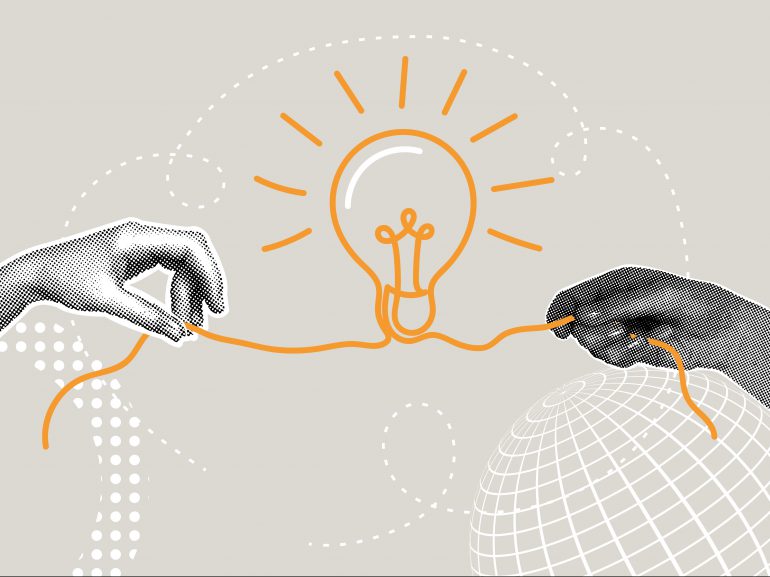
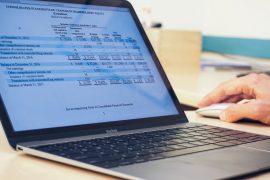


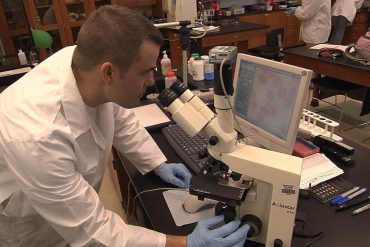
1 Comment